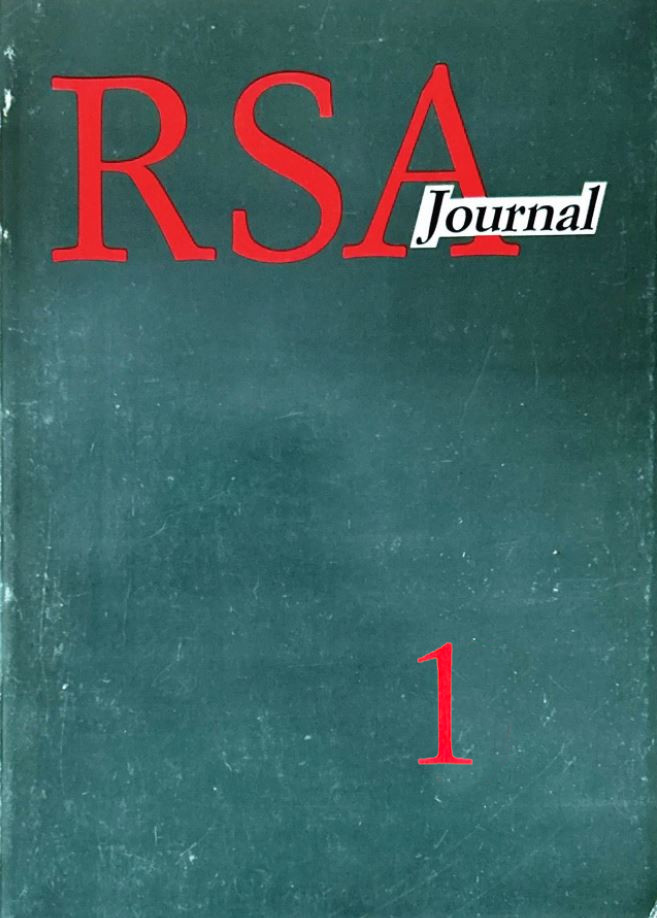“Silence – A Fable” di Edgar Allan Poe
La lotta fra scrittura del visibile e scrittura dell’udibile
DOI:
https://doi.org/10.13135/1592-4467/9085Keywords:
repetition, silence, opposition, Edgar Allan PoeAbstract
There is no doubt that Poe's writing bears the traces of an excessive compulsion for repetition. The essay analyses "Silence," a short 'fable' written in 1833-35, in which the over-recurrence of repetition mirrors pain, anxiety, awe, and death by dramatizing the conflict between representational and metanarrative concerns. The split between the descriptive and the narrative modes is traced back to the opposition between sight and hearing—an opposition that results in near silence.
Downloads
Published
Issue
Section
License
RSAJournal applies a CC BY-NC-ND license to all its contributions. This license enables reusers to copy and distribute the material in any medium or format in unadapted form only, for noncommercial purposes only, and only so long as attribution is given to the creator. CC BY-NC-ND includes the following elements:
- BY: credit must be given to the creator.
- NC: Only noncommercial uses of the work are permitted.
- ND: No derivatives or adaptations of the work are permitted.
Authors who publish with this journal agree to the following terms:
- Authors retain the copyright and full publishing rights for their submissions to the journal.
- Authors grant the journal right of first publication with the work simultaneously licensed under a Creative Commons Attribution-NonCommercial-NoDerivatives 4.0 International License that allows others to share unedited work for non-commercial purposes with an acknowledgement of the work's authorship and initial publication in this journal.
- Authors are able to enter into separate, additional contractual arrangements for the non-exclusive distribution of the journal's published version of the work (e.g., post it to an institutional repository or publish it in a book), with an acknowledgement of its initial publication in this journal.




